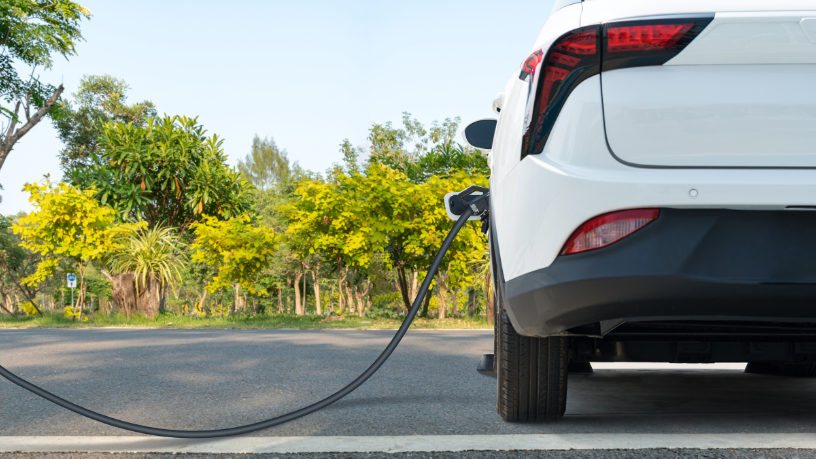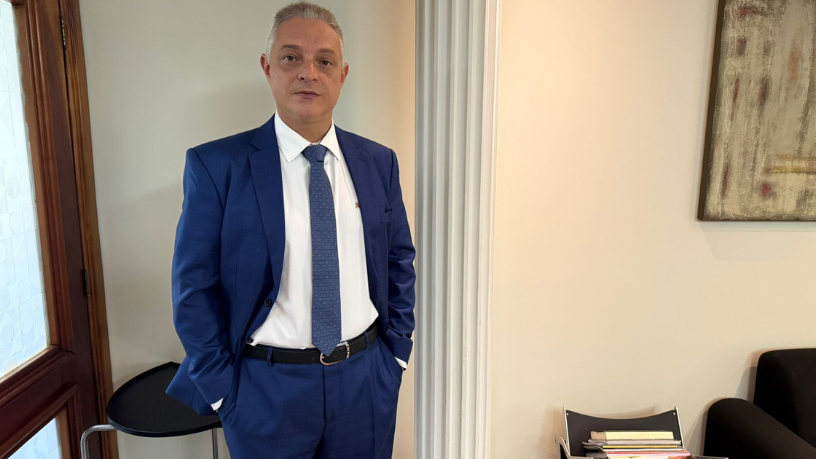Leonardo Manzan, a businessman, analyses the main regulatory challenges related to the expansion of electric mobility in Brazil. With the rapid growth of electric vehicles, it has become essential to discuss the legal and regulatory framework capable of sustaining this new energy paradigm. In this context, Energy Law plays a central role in enabling sustainable and legally secure solutions.
Regulatory Framework for Electric Mobility and Its Legal Obstacles
The advancement of electric mobility requires a normative update that is still progressing slowly in the country. The absence of a specific regulatory framework makes it difficult to define responsibilities regarding the generation, distribution, and commercialisation of the energy needed to power the new fleet. Moreover, there is no clarity on the limits of action for distributors and consumers in installing charging infrastructure. Leonardo Manzan highlights that this legislative gap creates legal uncertainty for investors and sector operators, inhibiting innovation and sustainable development.
Role of Regulatory Agencies in the Energy Context
Another crucial point is the stance of regulatory agencies towards the new demands of electric mobility. ANEEL (Brazilian Electricity Regulatory Agency), for example, has direct competence over the electricity sector but has not yet established specific regulations for public and private vehicle charging. According to Leonardo Manzan, it is essential to have clear guidelines on energy pricing, surplus energy compensation, and possible business models within this ecosystem. Such guidelines, he argues, should consider principles such as neutrality, transparency, and the promotion of sustainability.

Tax Challenges in the Integration of Electric Mobility
In the tax field, the obstacles are no smaller. The complexity of the Brazilian tax system hinders the adoption of effective policies to stimulate the use of electric vehicles. Incentives such as exemption from IPI or ICMS vary from state to state and lack national uniformity. Leonardo Manzan emphasises that the lack of coherence among federal entities discourages end consumers and increases costs for manufacturers and importers. Additionally, taxation on the energy used for charging remains a topic of debate, especially when it comes to residential installations using solar panels.
Intersection Between Electric Mobility, Renewable Energies, and Law
The energy transition proposed by electric mobility is strongly linked to the use of renewable sources such as solar and wind. This connection brings new regulatory challenges involving the balance between decentralised generation, distributed microgeneration, and vehicle consumption. Leonardo Manzan explains that Energy Law must keep pace with these transformations with flexibility, encouraging integrated models that allow consumers to produce and store their own energy to power their vehicles. Such an approach requires legislative and regulatory changes at different levels, including rules on storage, energy compensation, and tax incentives.
Paths Towards an Effective and Sustainable Regulatory Environment
Creating an effective regulatory environment depends on coordination between the State, companies, and society. It is necessary to promote interdisciplinary debates to align the legal, economic, and environmental perspectives of electric mobility. Leonardo Manzan comments that an efficient proposal should address both the technical aspects of infrastructure and the economic impacts of the shift in the energy matrix. Furthermore, he alludes to the importance of permanent public policies that ensure legal certainty, attractiveness for investment, and broad public adherence to clean technologies.
By consolidating a coherent and inclusive regulatory framework, Brazil will not only advance in electric mobility but also strengthen its energy policy sustainably. The role of Energy Law will be fundamental in mediating the diverse interests involved in this transformation process.
Author: Bergezin Vuc







